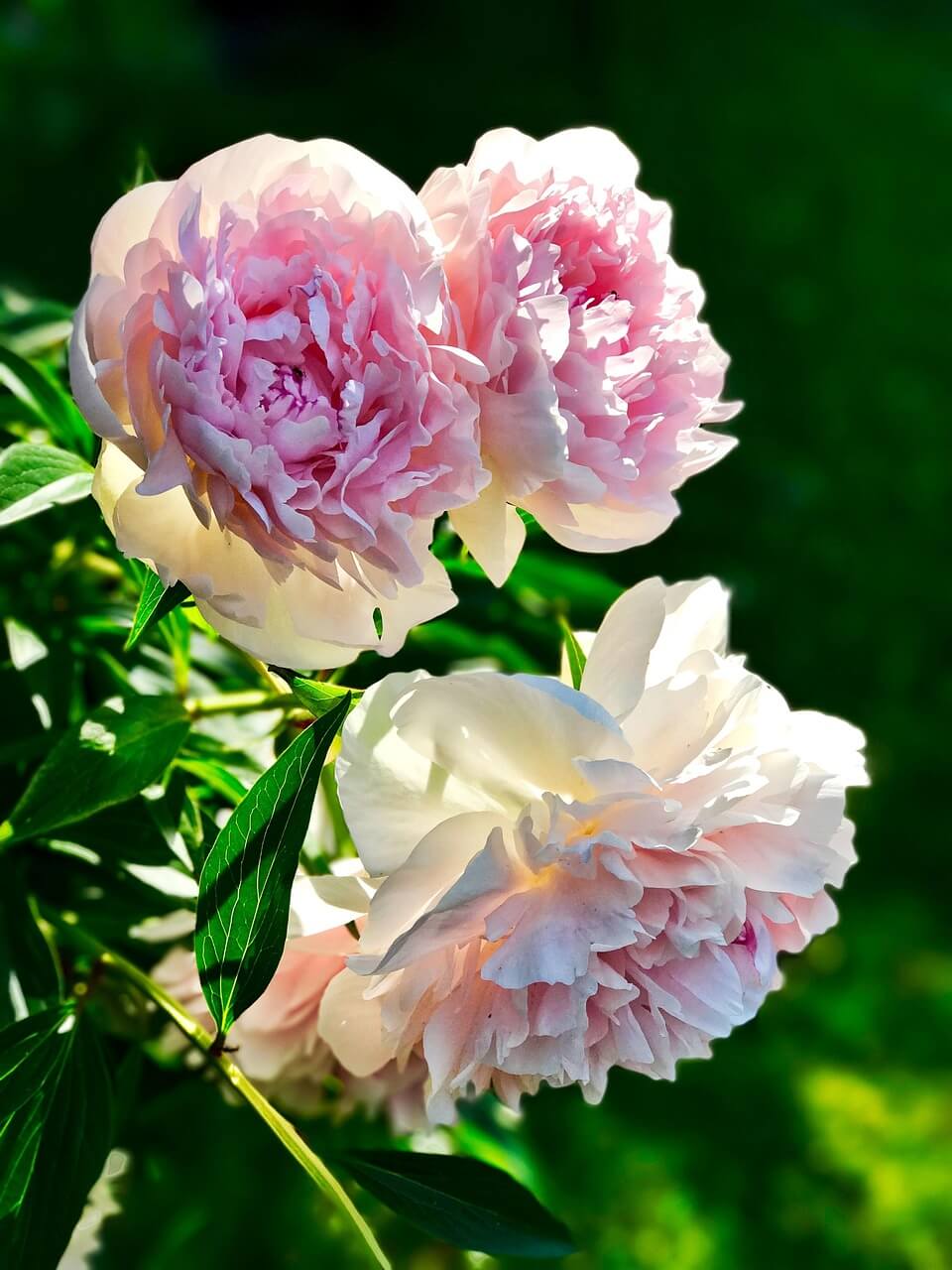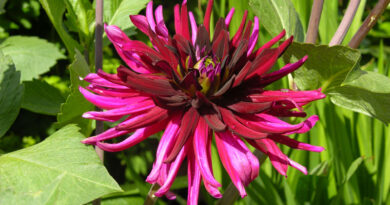Peonies are tough and beautiful: 10 Neat Things
Is there any flower more romantic than the peony? With their frilly petals, delicate colours, and swoon-worthy scent, they steal the show every spring. But behind the glamour is a surprisingly tough plant, hardy enough to survive Prairie winters and stubborn enough to bloom in the same spot for generations. Whether you’re already growing peonies or thinking about planting one, here are 10 neat things to know about these pastel powerhouses.
1. They live for decades.
Peonies are incredibly long-lived. Once established, they can bloom reliably for 50 years or more with very little fuss. Some specimens at the Royal Botanical Gardens in Hamilton and the Central Experimental Farm in Ottawa have been thriving since the early 1900s. You’ll also find peonies stillblooming in old farmyards, cemeteries and church gardens across the Prairies, which isa testament to their staying power.
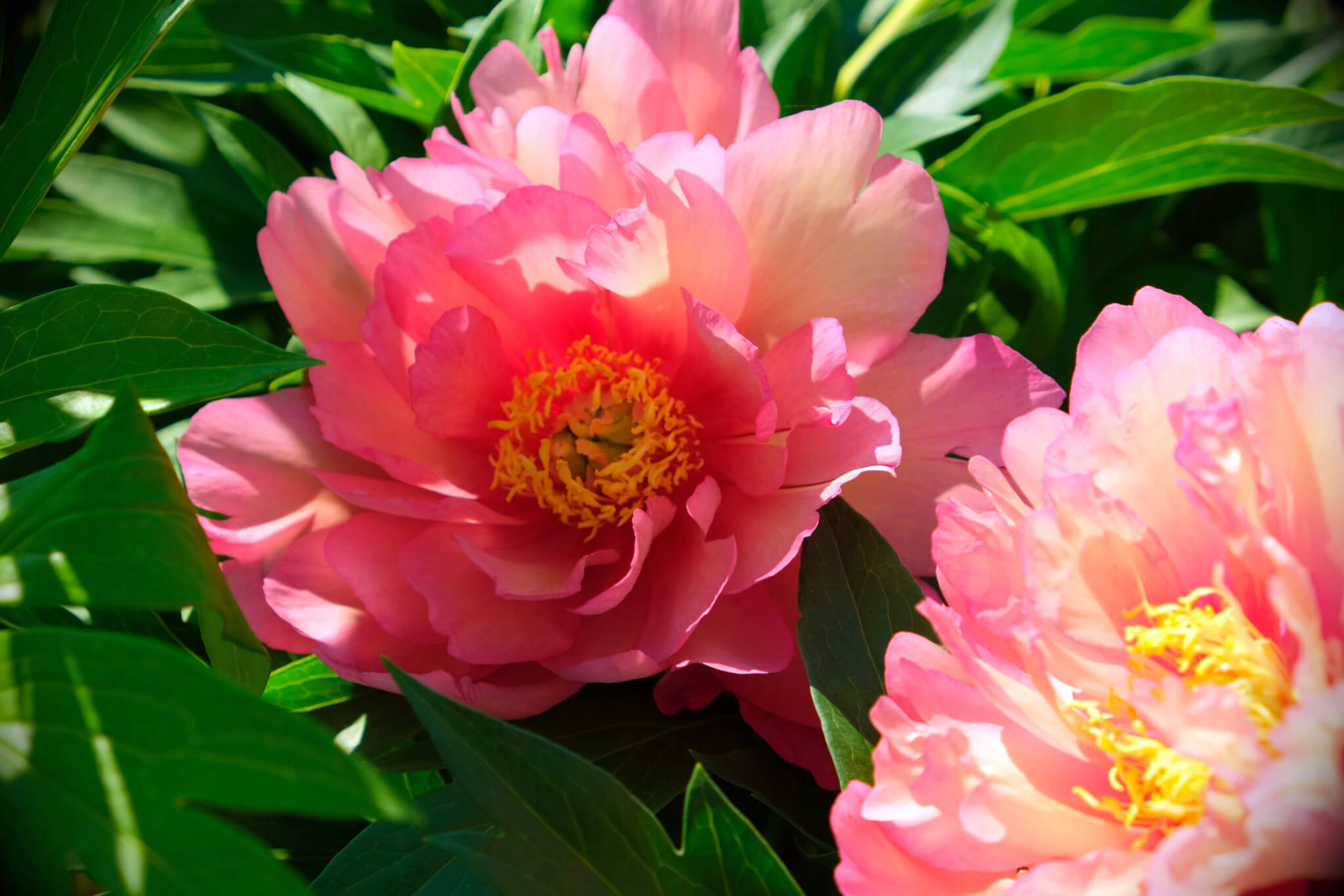
2. They’re built for Canadian winters.
Peonies thrive in the cold, needing a proper winter chill to flower well. Most herbaceous types are hardy to Zone 2 or 3, surviving temperatures as low as -40Celsius. Tree peonies are a little more tender, generally hardy to Zone 4. These plants need at least 500 hours of temperatures below 4Celsius during dormancy, making them ill-suited for warmer climates but ideal for northern gardens.
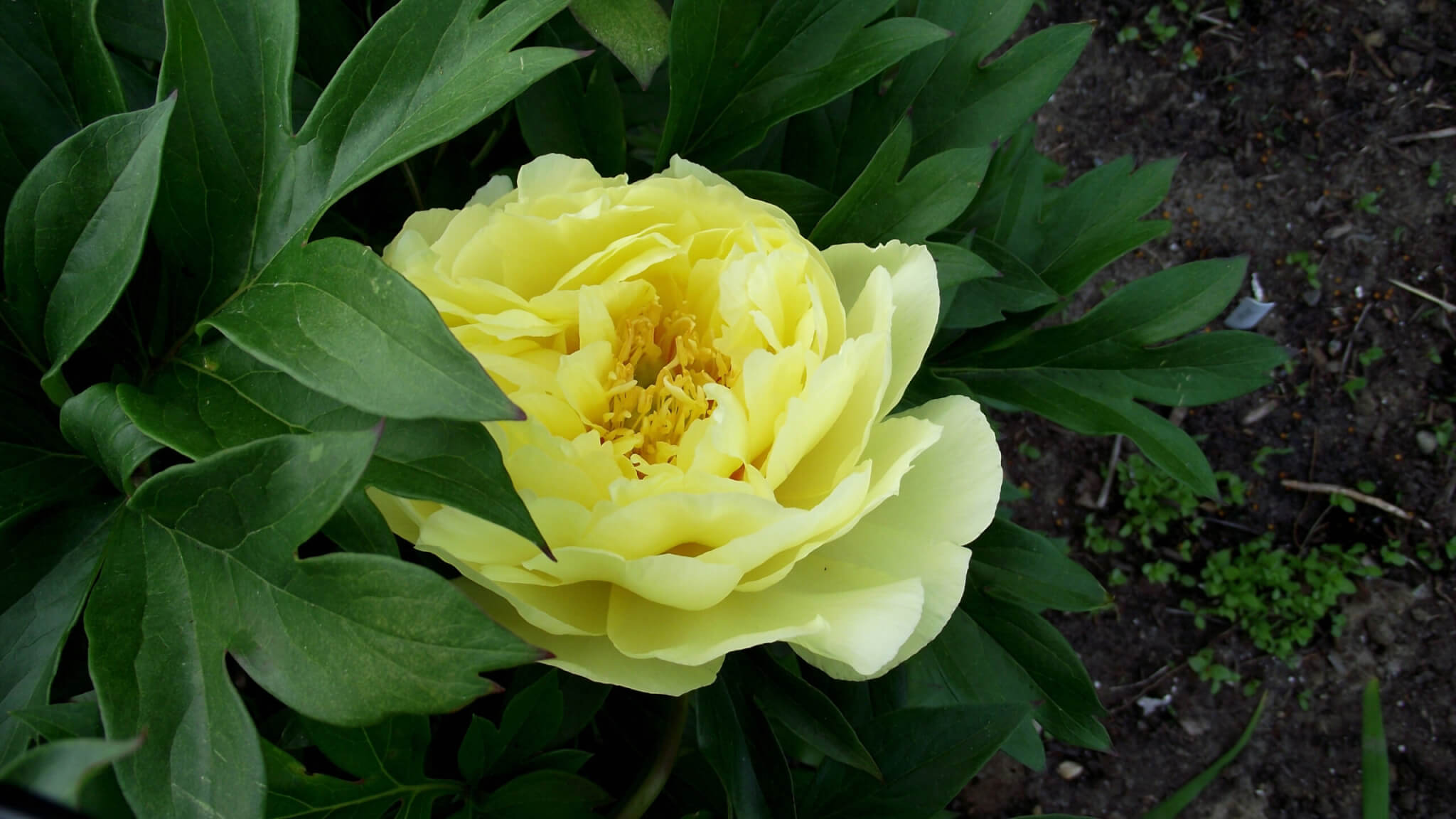
3. Ants and peonies.
We need to say this again because old myths die hard. Ants neither harm nor help peonies. They are often spotted swarming over peony buds in late spring. They’re simply after the sweet nectar exuded by the buds.Leave them be. If you are cutting peonies for indoor display, hold them upside down and give them a few taps before bringing them in.

4. You can grow them from seed,but it’s rare.
Peonies can be grown from seed, but it’s a slow process. Seeds may take two years to germinate and another five or more to bloom. That said, self-seeding can happen in undisturbed, well-mulched gardens, especially near older plants. If you’ve seen this in action, you’ve witnessed something special.

5. There are three main types.
Herbaceous peonies are the most common, dying back to the ground each winter. Tree peonies have woody stems and often bloom earlier. Intersectional or Itoh peonies are hybrids between the two, combining large, showy flowers with strong, shrubby growth and extended bloom times. Itohs are often the most resistant to flopping.
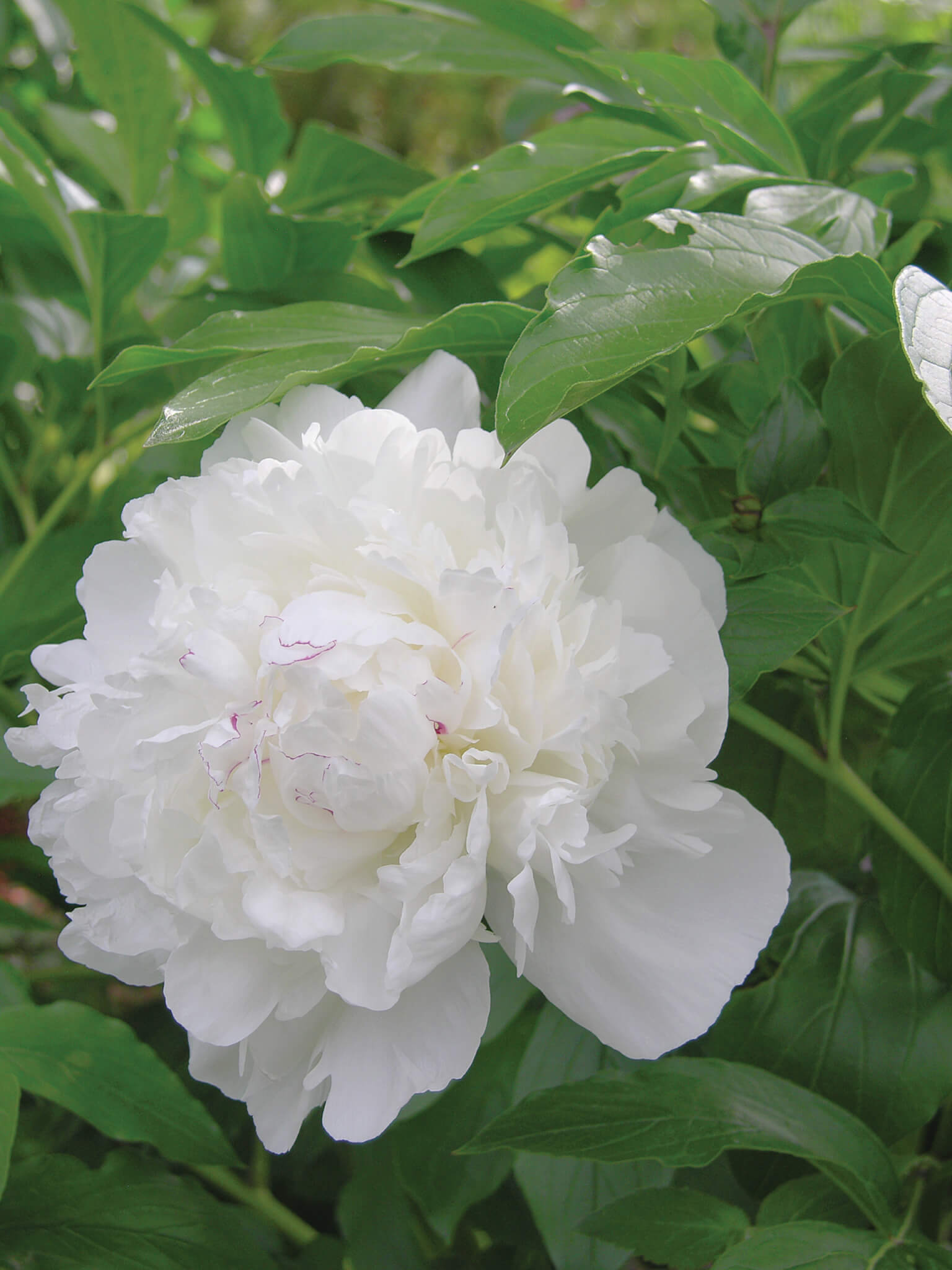
6. They don’t like to be disturbed.
Peonies resent being moved and may stop blooming for a few years if disrupted. If you must transplant or divide one, do it in early fall. Peony roots are thick and tuberousand should be divided into clumps with 3 to 5 “eyes” – small reddish buds that will produce next year’s stems. Be sure not to plant the eyes more than 1 to 2 inches below the soil surface, or blooming may stop entirely.
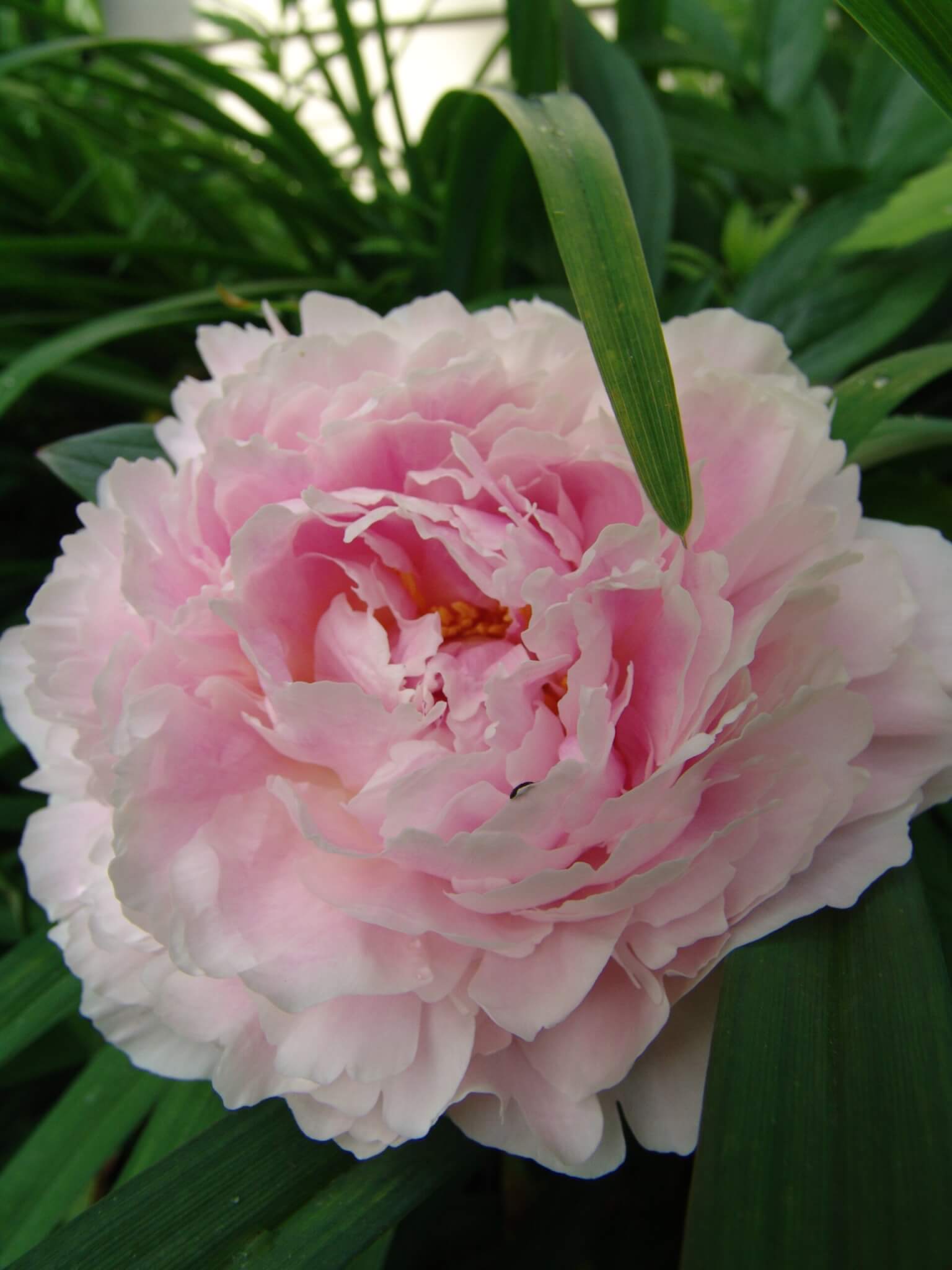
7. They’ve been loved for millennia.
Peonies have a long and storied history. The ancient Greeks and Romans used them medicinally as early as 500 BCE, likely growing simple, single-flowered types. The lavish, double-flowered peonies we know today didn’t appear in European gardens until the 19th century, when French breeders began developing ornamental varieties for beauty rather than function. Many of their cultivars are still grown and loved today.
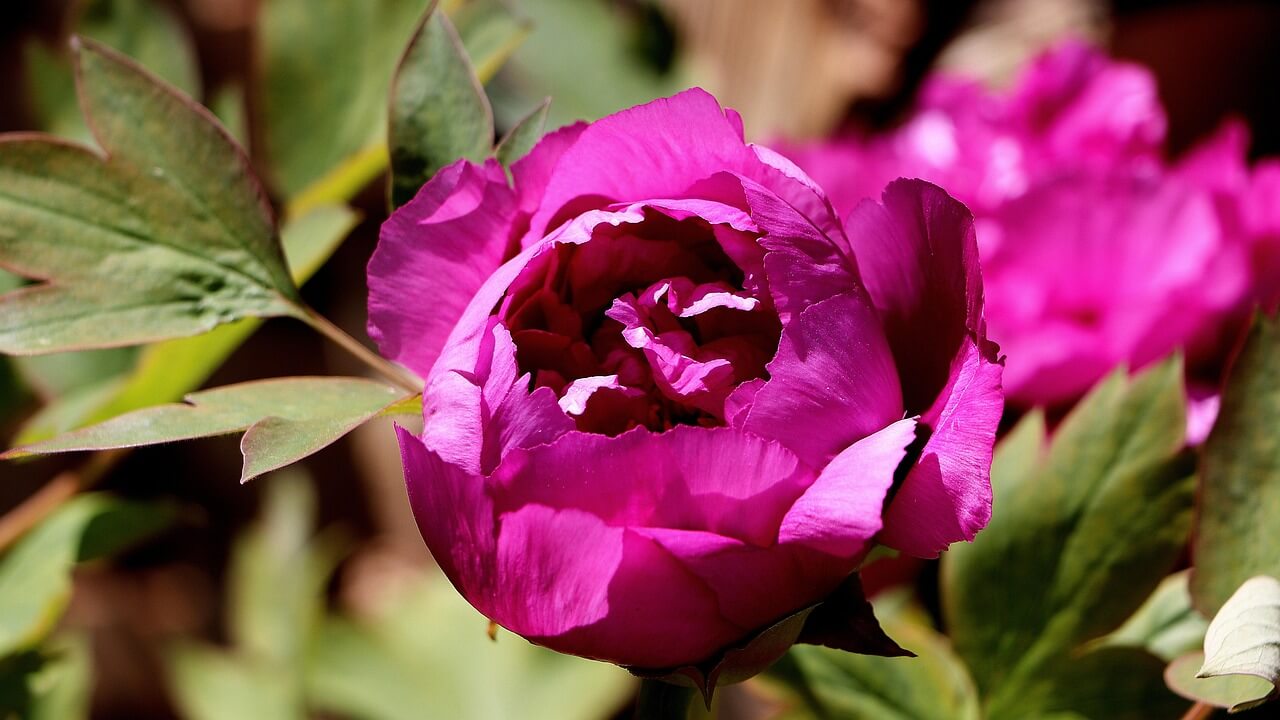
8.Fern-leaf peonies are early and elegant.
The fern-leaf peony (Paeonia tenuifolia) is a species peony known for its finely divided foliage and early bloom time, often among the first perennials to flower in spring. The deep red, single blooms appear in May and are followed by airy, feathery foliage that remains attractive through early summer. These peonies are more compact than most, making them ideal for smaller gardens and front borders. They’re hardy to Zone 2, and once established, they’re incredibly drought-tolerant.
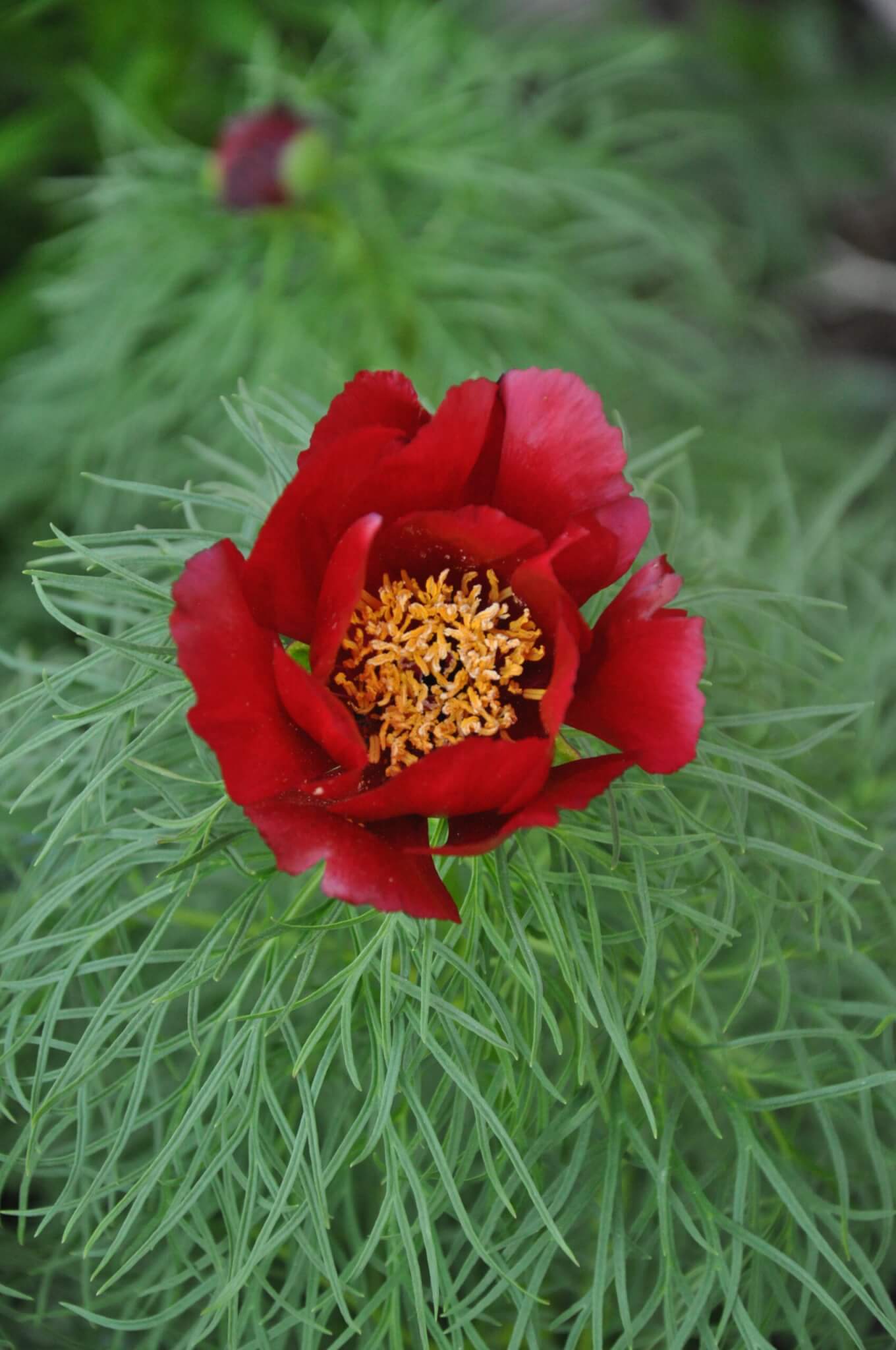
9. You can store buds in the fridge for weeks.
Peony buds can be harvested at the “marshmallow stage” – just soft enough to squeeze – and stored dry in the fridge for up to six weeks. Remove the leaves and wrap each stem in newspaper, place in a loosely closed plastic bag, and refrigerate at 0 to 2Celsius. When you’re ready for blooms, re-cut the stems, place them in water, and they’ll open in 12 to 48 hours. This “dry chill” technique is perfect if you want peonies to bloom later for a wedding or special occasion.
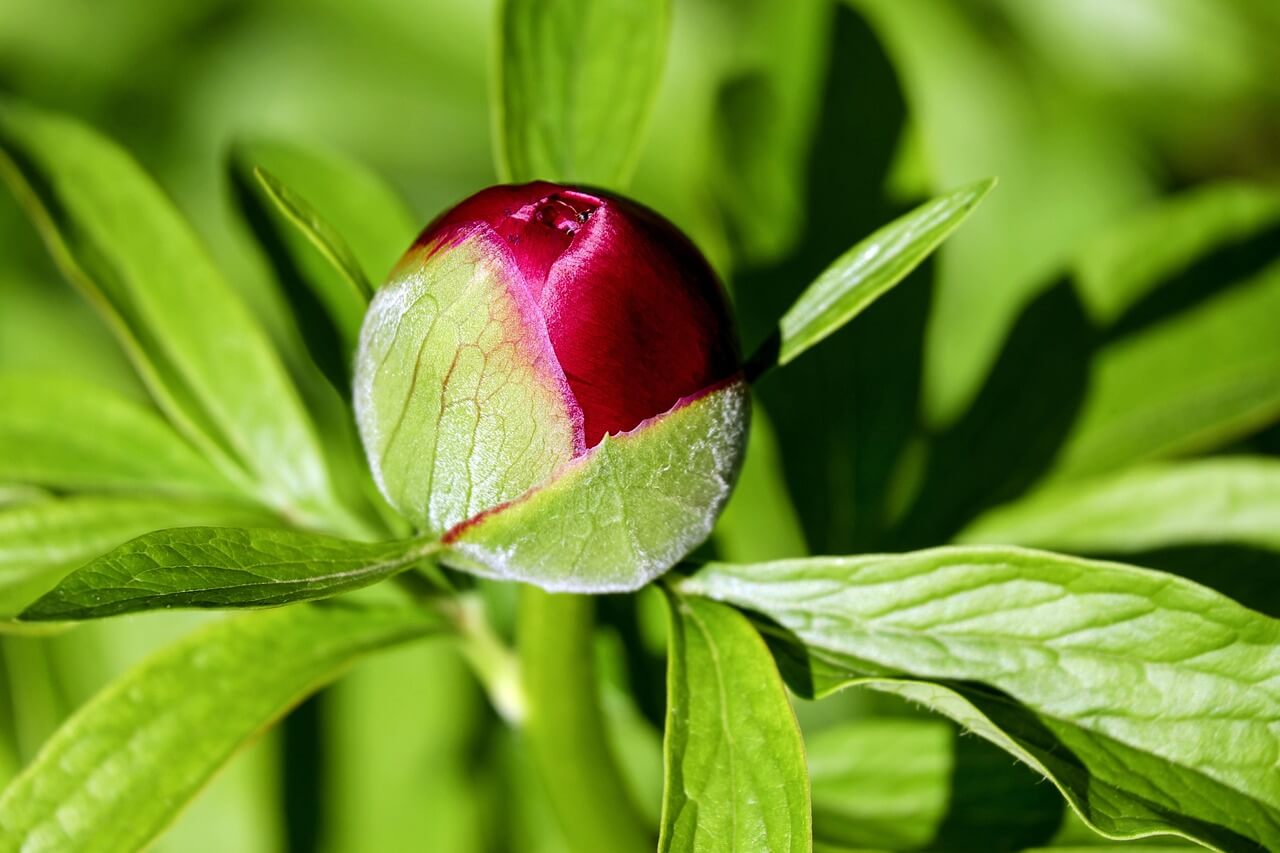
10. Support their style, especially the heavyweights.
Some peonies, especially double-flowered varieties, are so top-heavy they can’t hold themselves up, particularly after a good rain. Peony rings – those wire supports you place early in the season – aren’t just garden jewellery, but they do add a bit of elegance by keeping your blooms standing tall. That said, you may need less support if you choose single or semi-double varieties and feed your plants potassium-rich fertiliser, which helps build stronger stems. With the right care, your peonies can stand proud without too much scaffolding.
